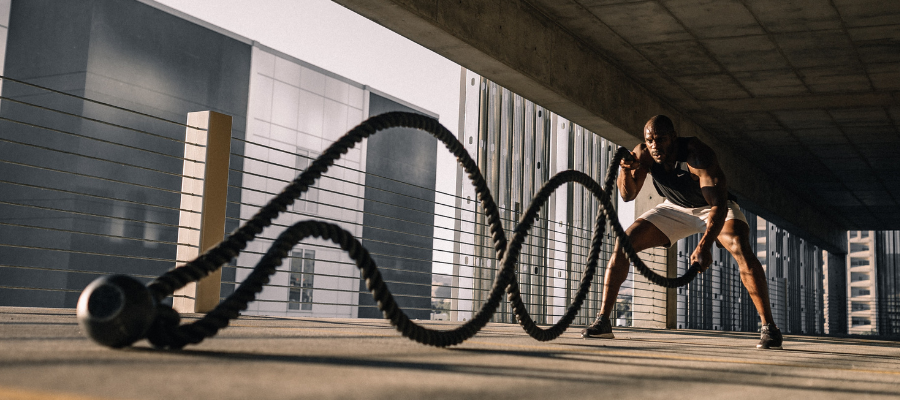Nap before or after workout?
A good nap can fully restore your physical performance and guarantee improved alertness, better reaction time, and put you in a better mood. “Taking a nap is a great way to boost an athlete's performance without getting tired” – says Dr. Amy Bender from the University of Calgary. However, when should we throw a nap into our schedule – before or after doing physical activity?
Should you nap before or after a workout?
Let’s begin by recognizing that squeezing in a workout and a nap can be difficult. Perhaps there isn’t time to do both of these each day. However, by better understanding how our bodies use rest, particularly after exercise, we may be able achieve and maintain our physical goals and mental health long term.
Do you know what your chronotype is? If you haven’t heard the term chronotype before, you’ve likely heard of ‘morning birds’ or ‘night owls’. Your chronotype, which controls when you naturally want to sleep and wake, can also influence your appetite, exercise and core body temperature.
Like many things in life, there is no one-size-fits-all solution to when you should nap and when you should work out. The more important question is to figure out what works best for you – this might mean a compromise between your work schedule and social calendar.
To ensure that the timing of your naps is right, they should happen at a relatively early time of day and should not last too long. One easy to remember rule of thumb for naps is to calculate about 7 hours after you wake up in the morning. For many, this is a sweet spot when energy and concentration may be in a slump. Keeping this in mind, a nap before a workout is usually a better option for most people.
In fact, the only time a post-workout nap is advisable is if you workout early in the morning and still have a full day ahead of you.
If you workout in the afternoon, a post-workout nap may make it difficult to fall asleep at night, which is something we should avoid at all costs.
Healthy nap hygiene
Despite all the benefits we can draw from them, naps can disrupt our circadian rhythm and therefore affect our night sleep. Everyone, especially athletes, should avoid this. So, how can you incorporate a nap and still get a good night’s sleep?
First, make sure there is enough time between your nap and bedtime. Late afternoon and evening naps not only can make it harder for you to have trouble falling asleep, but they may also make it harder for you to enter the REM phase of sleep. Understandably, you may want to lie down after a hard workout, but if it’s late afternoon (or less than 8 hours before bedtime), it’s not worth sacrificing your sleep at night.
Second, make sure your naps are not too long. The most optimal power nap length is about 20 minutes. According to sleep experts, this is the most optimal length of time to enjoy all the benefits of a nap and avoid experiencing sleep inertia or risk interfering with night sleep. However, in some cases, a longer or shorter nap can make sense.
Learn more about your ideal nap in our perfect nap length guide.


